
304 Stainless Steel Foil Packaging for Transport Protection
When transporting 304 stainless steel foil, proper packaging is crucial to protect the delicate material from damage, moisture, and external
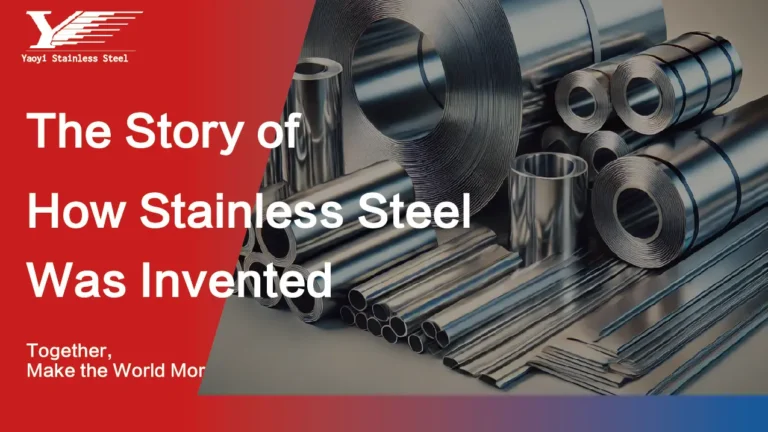
The invention of stainless steel, often hailed as one of the most significant breakthroughs in metallurgy, was attributed to Harry Brearley, a British metallurgist. In 1913, Brearley discovered this transformative material, which would soon revolutionize industries by providing corrosion resistance and durability that no other metal could offer. His discovery came about during his research into creating erosion-resistant materials for gun barrels. Stainless steel was invented when he found that adding chromium to steel created a metal resistant to rust and tarnish. This innovation paved the way for stainless steel to become an essential component in modern life.
This article provides a complete account of how stainless steel materials were discovered, how stainless steel materials were invented, its major players and contributions.
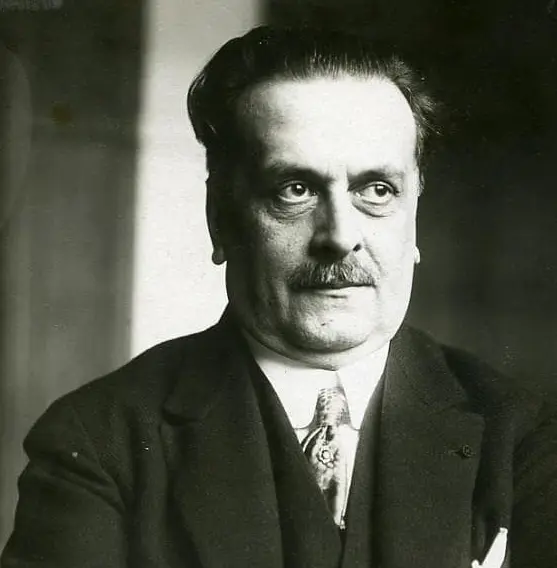
The French metallurgist Leon Guillet carried out extensive research on steel alloys in the early 20th century, and between 1904 and 1906 he carried out a detailed study of the chemical properties of chromium-containing steels. He experimentally discovered the corrosion-resistant effects of chromium in steel and used different chromium levels in steel alloys. Although Gillette’s research was not yet at the level of modern stainless steels, his work gave a great impetus to the understanding of high-chromium alloys.
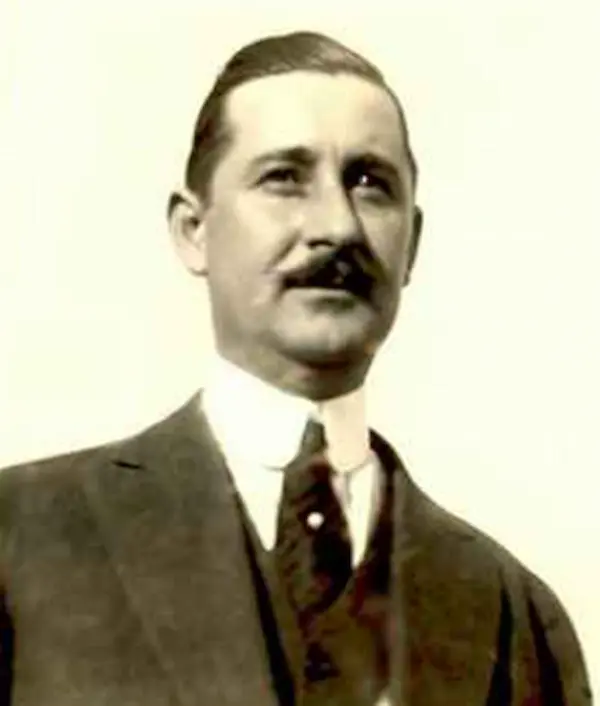
Elwood Haynes was an American inventor and metallurgist who, although better known for his invention of nickel-based alloys such as Stellite, was also involved in early research into corrosion-resistant materials. Although his work focused more on nickel alloys, his area of research was somewhat related to the development of stainless steel, particularly in the exploration of corrosion-resistant metallic materials.
While these early studies did not lead directly to the invention of modern stainless steel, their experimental results and theoretical foundations propelled later scientists, such as Harry Brearley, to make breakthroughs in the invention of stainless steel. Thus, the research of Leon Guillet and *Elwood Haynes can be considered an important part of the development of stainless steel.
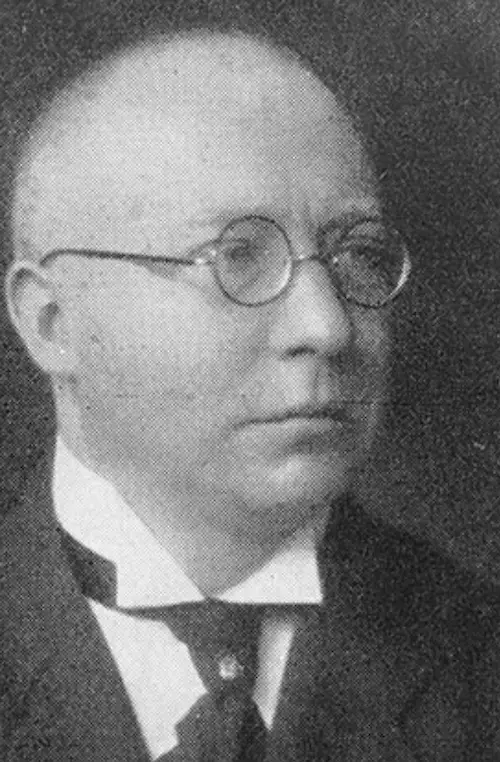
In 1912, Eduard Maurer and Benno Strauss of Germany, while researching steel alloys at Krupp, discovered that by adding approximately 12% chromium to steel, a corrosion-resistant steel could be formed. This discovery gave a great impetus to the research and development of stainless steel.
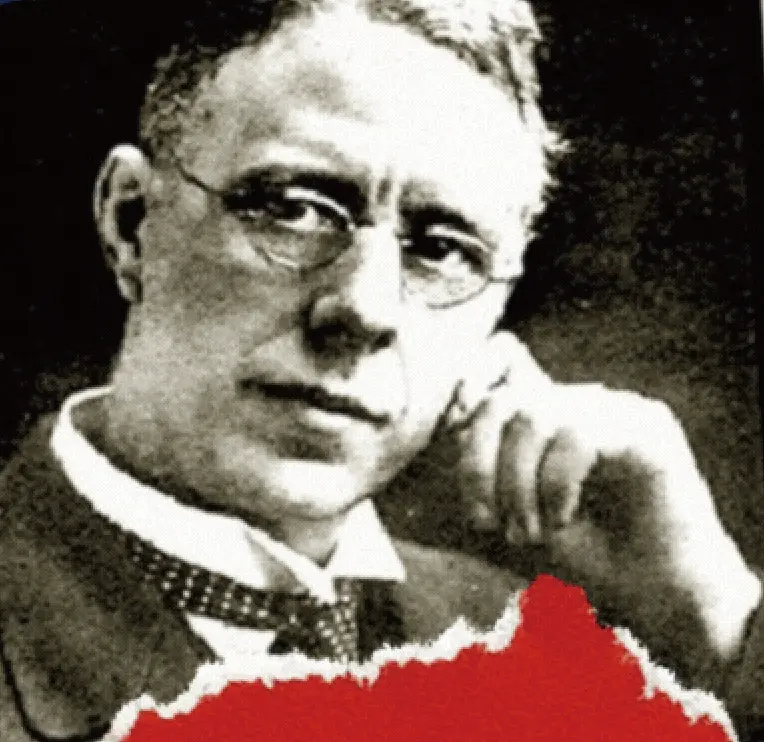
Harry Brearley, a British metallurgist, began experimenting with steel compositions to address erosion issues in gun barrels. His goal was to create a material that would be more resistant to wear, particularly for use in firearms. This laid the groundwork for the eventual invention of stainless steel.
In 1913, while experimenting in his Sheffield laboratory, Harry Brearley made the groundbreaking discovery that adding 12% chromium to molten steel resulted in a metal that resisted corrosion. This was the moment stainless steel was invented. The alloy’s resistance to rusting set it apart from traditional steel, which corrodes when exposed to moisture and air.
At first, Brearley’s invention did not receive the recognition it deserved. He attempted to publish his findings through scientific channels but faced skepticism from colleagues and industry professionals alike. Stainless steel, with its unfamiliar properties, was met with caution. Yet Brearley persisted, and through his efforts, the material gained attention from local manufacturers in Sheffield, a hub for cutlery and steel production.
Harry Brearley began working with R.F. Mosley & Co., a local Sheffield manufacturer, to produce knives made from the new stainless steel material. The company initially branded the material as “rustless steel” before it gained the more familiar name “stainless steel.” This collaboration marked the first commercial use of stainless steel, and it helped Brearley’s invention gain wider recognition and acceptance, especially in the cutlery industry, which Sheffield was famous for.

When transporting 304 stainless steel foil, proper packaging is crucial to protect the delicate material from damage, moisture, and external
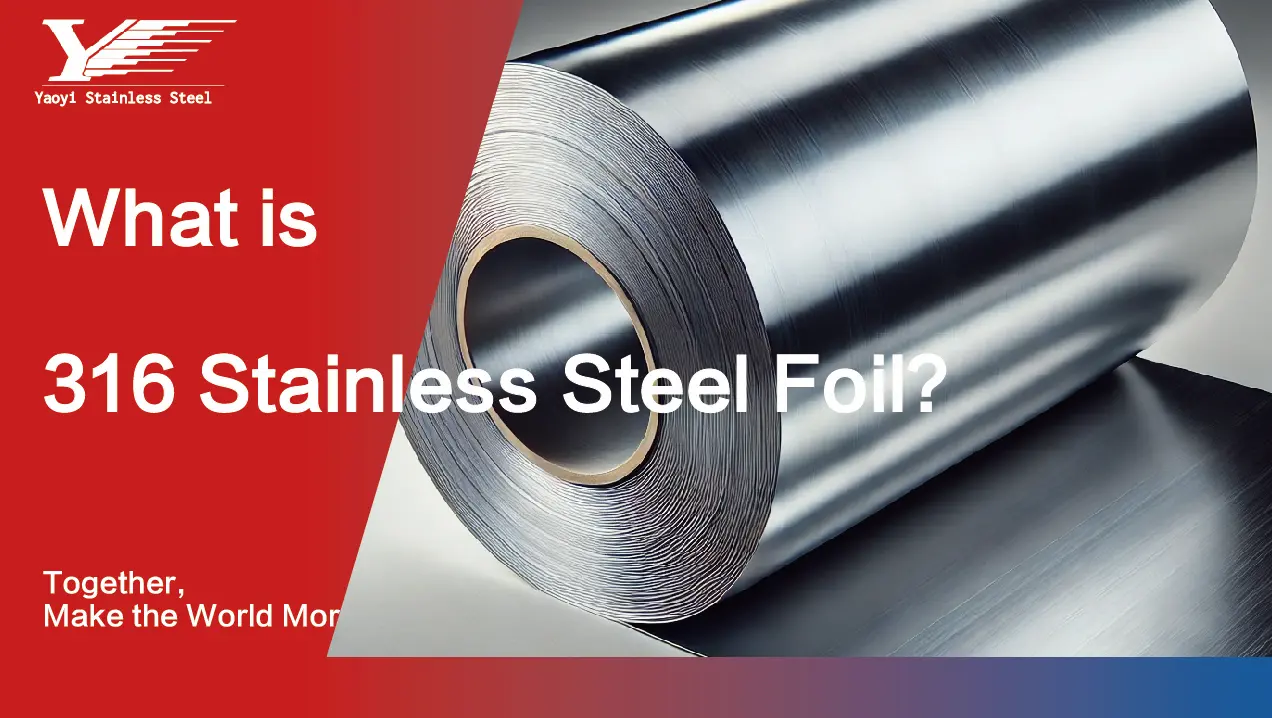
316 stainless steel foil (316 ss foil) is a premium austenitic material prized for its exceptional corrosion resistance, particularly in